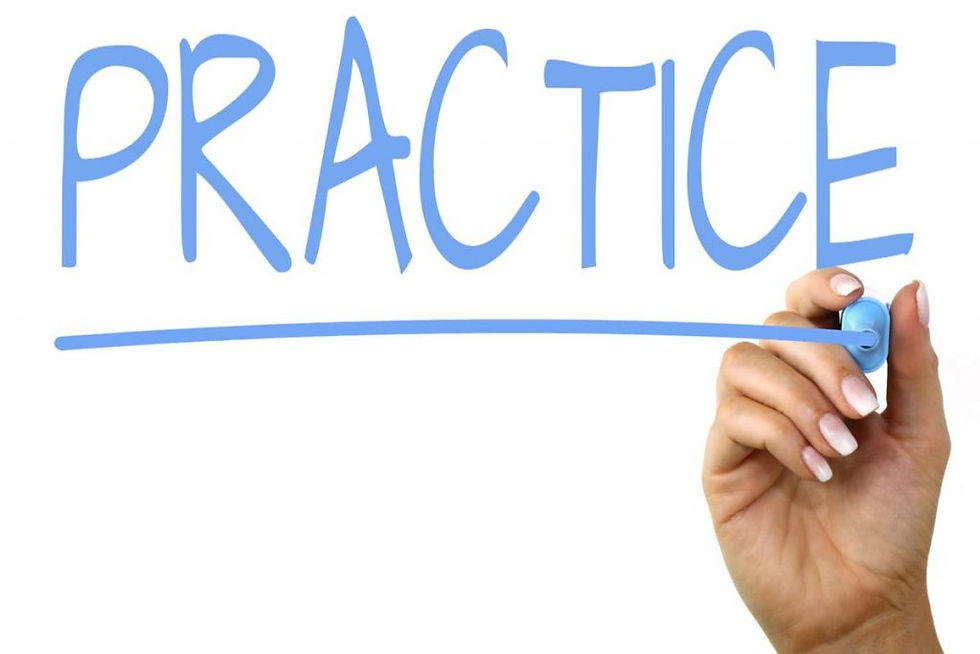Writing a Bio for the Web
- susieyakowicz
- Aug 31, 2016
- 2 min read
So you’re done writing an article for the web. You’ve polished it, collected images, done your final edits, and put it in the proper format. Before you press submit, hold on. Did you include a bio? Writing a bio may not have been part of the assignment, but rest assured, it’ll be needed. Bios aren’t just for print magazines; they’re used on websites and blogs too. And that’s a good thing for you. It gets your name out there and can bring exposure—and more work.
A bio is basically a short summary of a writer’s credentials and interests. As small as they are, bios have a big job—to describe you in a way that grants you readership and credibility. So don’t take writing a bio lightly; done well, it can do wonders for your career.
So how can you write a top-notch bio that’ll get you noticed? Here are six tips to help put you on the right track:
Choose a Voice
Should you write in first or third person? Good question—and one only you can answer. Often it depends on who you’re writing a bio for. If you’re not sure, ask. Some editors prefer third person; others first. For your personal blog, first makes more sense. Do what’s stylistically appropriate.
Focus on Brevity
It’s great if you have a lot of credentials; just save them for your resume or you might lose readers. If you’re not required to stay within a specific word count for a bio, offer a few sentences—powerful yet succinct is the goal. Be sure to include the obvious: your name, position, and key accomplishments.
Home In on the Significant
Sometimes it’s hard to decide which parts of your background to use in a bio, especially when they all seem important. Look to your audience for help. Readers will want to know what makes you an authority on the subject at hand. If you’re writing about pets, for example, mention your expertise in pet training, competition, or veterinary care.
Add Something Fun
Do you have a unique hobby or skill that would interest readers? Maybe you’re a fitness writer who has an affinity for ballroom dancing and a dream of joining a dance competition. Offer a side of your personality that makes you relatable to your audience.
Link Up
Your bio is just a sampling of who you are professionally, but some readers will want to know more about you. Give them the option. Add links to your resume, website, Facebook or LinkedIn profile, or blog. Pick just one or two, though; too many links gets confusing.
Include a Photo
People want to see a real person behind the article they just read. Make sure you have a photo, whether it’s of yourself or something relevant to your bio. The picture will likely be small, so don’t choose something with too much detail. Make it simple—a head shot of you works well.
Writing a bio is an important task for any writer. Give yours the attention it deserves, and see what a huge impact it can have on your career.



Comments